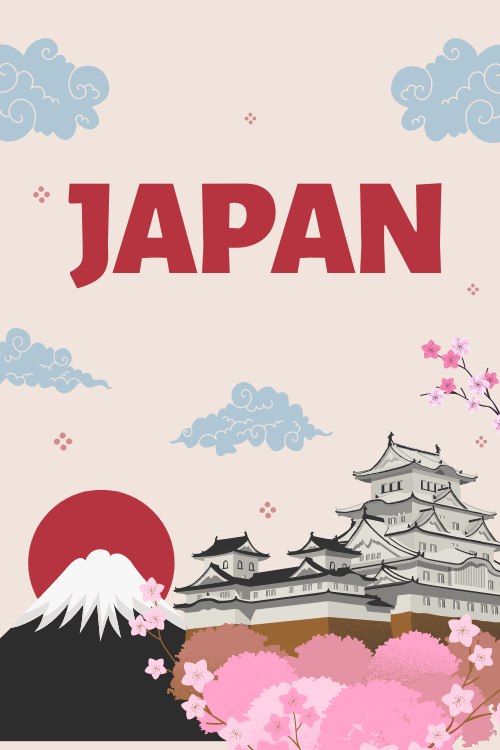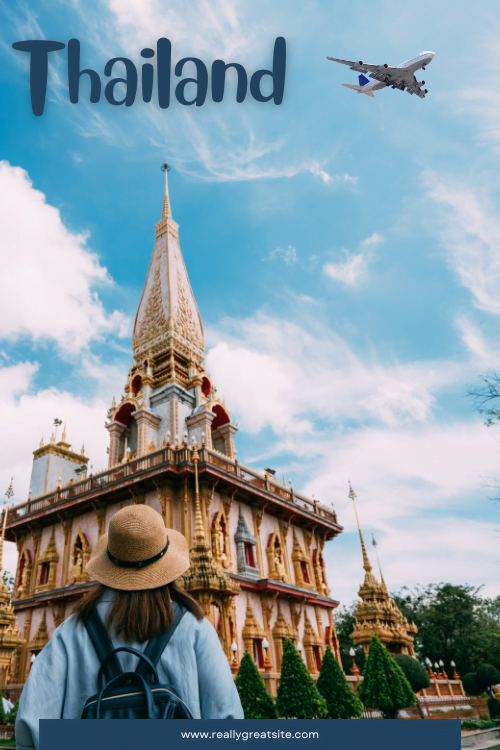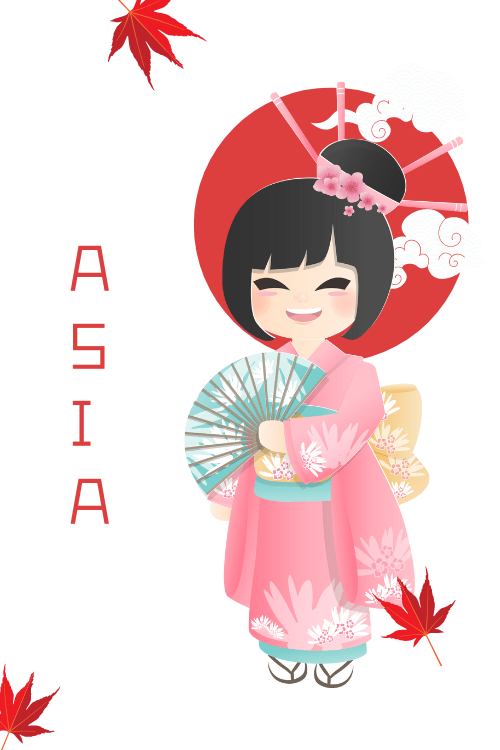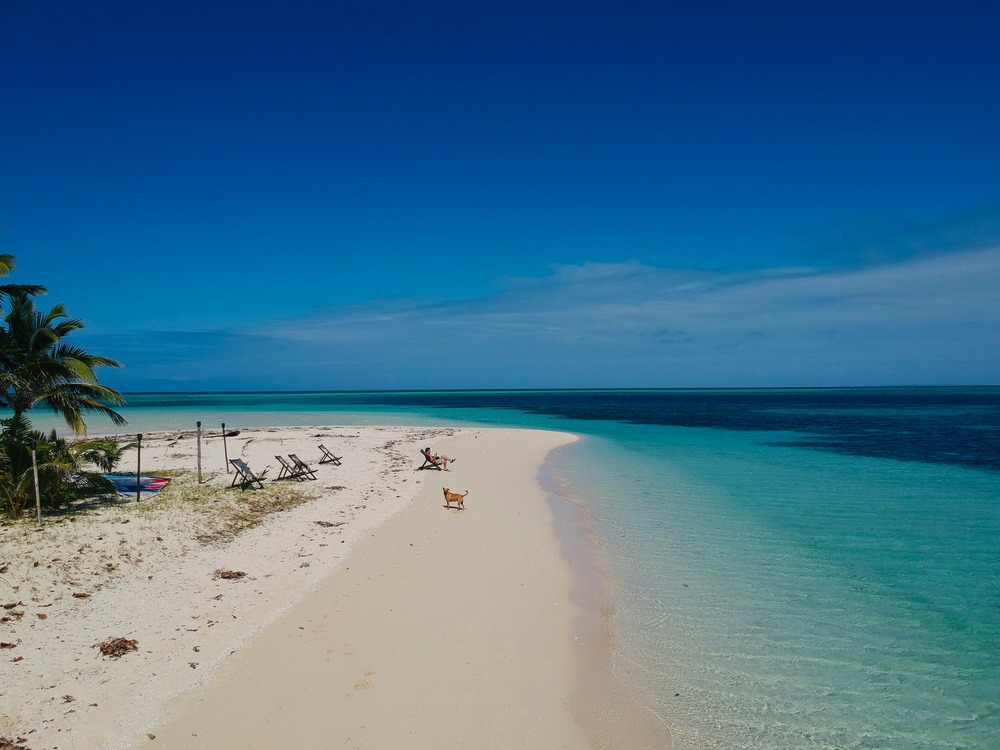eSIM Fiji
The Best Time to Visit Fiji: A Travelers Guide
Fiji, with its idyllic beaches, crystal-clear waters, and lush landscapes, is a dream destination for many. But knowing when to go to make the most of your trip can be tricky.
This guide will help you navigate Fiji’s seasons, regions, and festivals to plan your perfect Fijian getaway.
Thanks for visiting our blog, are you planning to travel to Fiji? Check out our Fiji eSIM. Get mobile data without physical SIM cards or paying for global roaming.
At A Glance: Fiji Travel Recommendations by Traveler Type
| Traveler Type | Best Time to Visit | Recommended Region | Ideal Length of Stay | Budget Range (USD/day) | Top Activities |
|---|---|---|---|---|---|
| Honeymooners | Apr-May, Oct-Nov | Mamanuca Islands | 7-10 days | $300-800 | Private beach dinners, couples spa treatments, sunset cruises, overwater bungalow stays |
| Families | Jun-Sep | Denarau Island | 5-7 days | $200-500 | Kid-friendly resorts, water parks, snorkeling, cultural village visits |
| Budget Travelers | Nov-Mar | Yasawa Islands | 10-14 days | $50-150 | Hostel stays, local markets, hiking, public ferry travel |
| Adventure Seekers | May-Oct | Vanua Levu | 7-14 days | $150-300 | Diving, surfing, waterfall hikes, cave exploration |
| Luxury Travelers | Jul-Sep | Private Islands | 5-7 days | $800+ | Helicopter tours, private yacht charters, exclusive resorts |
| Culture Enthusiasts | During festivals | Viti Levu | 7-10 days | $150-250 | Village stays, kava ceremonies, traditional cooking classes |
| Digital Nomads | Apr-May, Oct-Nov | Coral Coast | 14+ days | $100-200 | Co-working spaces, reliable internet, longer-term stays |
| Senior Travelers | May-Oct | Denarau/Coral Coast | 7-10 days | $200-400 | Organized tours, garden visits, gentle water activities |
- Budget ranges include accommodation, meals, activities, and local transportation
- Peak season (Jul-Aug) may require booking 6+ months in advance
- Shoulder seasons offer best value for money
- Wet season (Nov-Mar) offers lowest rates but requires flexible planning
- Consider combining regions for stays longer than 10 days
- All prices and activities subject to seasonal availability
Understanding Fiji’s Climate
You’ll find Fiji enjoys pleasant weather throughout the year, yet each season offers distinct advantages for visitors. Here’s what you can expect:
Dry Season (May to October) This period marks the peak tourist season, offering you ideal conditions for outdoor activities. You’ll experience:
- Lower humidity levels
- Minimal rainfall
- Consistent sunshine
- Perfect conditions for water sports and island exploration
Consider visiting in June to enjoy excellent weather while avoiding the peak-season crowds and higher prices of July and August.
Wet Season (November to April) While this season sees increased rainfall, it offers unique advantages you might appreciate:
- More competitive accommodation rates
- Less crowded attractions
- Vibrant tropical landscapes
- Spectacular waterfalls at full flow
If you’re planning a wet season visit, you’ll want to choose a resort with adequate indoor facilities and covered areas for occasional afternoon showers.
Best Time to Visit Based on Activities
Fiji has something for everyone, from surfing and diving to exploring caves and cultural villages. Here’s a guide to help you plan your trip based on your interests:
| Activity | Best Time to Visit | Notes |
|---|---|---|
| Surfing | May to October (generally); November to April (Coral Coast) | Consistent swells and offshore trade winds are common from May to October. However, the Coral Coast offers excellent surfing conditions during the summer months (November to April) due to light winds. |
| Diving & Snorkeling | May to October | The dry season offers the clearest waters with excellent visibility, perfect for exploring Fiji’s vibrant coral reefs. However, the cyclone season (November to March) also boasts incredibly clear waters, despite increased swells and rainfall. |
| Kayaking & Paddleboarding | July to September | Calm seas and pleasant weather make for enjoyable paddling adventures. |
| Sailing | May to October | Smooth sailing conditions with clear skies and calm seas. |
| Hiking & Exploring Caves | May to October | Dry trails and comfortable temperatures make for ideal hiking conditions. |
| Village Tours & Cultural Performances | May to October | Pleasant weather for outdoor activities and cultural immersion. |
| Waterfalls & Spa Treatments | May to October | While waterfalls are often associated with the wet season, they are actually at their fullest during the dry season due to the lush greenery and consistent water flow. Spa treatments can be enjoyed year-round. |
Exploring Fiji’s Regions
As you plan your Fijian adventure, you’ll discover an archipelago of over 300 islands and islets. The two major islands, Viti Levu and Vanua Levu, serve as gateways to some of the most spectacular regions you can explore:
Mamanuca Islands
You’ll find this beloved island group northwest of Viti Levu, where pristine beaches and world-class resorts await. Perfect for:
- Family vacations
- Honeymoon getaways
- Water sports enthusiasts
- Resort-style comfort
While you’ll find optimal conditions during the dry season (May to October), the Mamanucas maintain their appeal throughout the year.
Yasawa Islands
For a more authentic island experience, you should consider the Yasawa Islands. Here you’ll discover:
- Secluded beaches
- Hidden coves
- Premier diving spots
- Traditional village life
Plan your visit between May and October for the best weather conditions, especially if you’re interested in the unique opportunity to swim with manta rays.
Denarau Island
When seeking luxury near Nadi, you’ll want to consider Denarau Island. This sophisticated destination offers:
- Premium golf courses
- Fine dining establishments
- Extensive water sports
- High-end accommodation
You’ll find the dry season (May to October) ideal for enjoying these upscale amenities to their fullest.
Inter-Island Travel
Ferries and Boats
Ferries are a popular and scenic way to travel between islands, especially in the Mamanuca and Yasawa groups.
- Passenger Ferries: Daily services operate from Port Denarau to the Mamanuca and Yasawa Islands, with South Sea Cruises being a major operator.
- Bula Pass: This pass allows unlimited island hopping for 5 to 15 days, covering the Yasawa Flyer fast ferry route.
- Local Ferries: For budget-conscious travelers, inter-island ferries connect Viti Levu and Vanua Levu. These are suitable for self-drivers as vehicles can be transported.
Domestic Flights
With 28 airports across the country, domestic flights offer quick connections between major islands.
Water Taxis
Water taxis provide flexible 24-hour service from Port Denarau Marina to the Mamanuca Islands, accommodating up to eight people.
On-Island Transportation
Buses
Buses are an economical option for traveling on the main islands of Viti Levu and Vanua Levu.
- Local Buses: These operate within towns and cities, offering an authentic local experience.
- Express Buses: Air-conditioned coaches run between major towns, with services like Nadi to Suva taking under six hours.
- Hop-On Hop-Off Bus: On Denarau Island, the Bula Bus runs every 10-15 minutes, stopping at major resorts and tourist spots.
Taxis and Minivans
Licensed taxis (look for “LT” license plates) are available on Viti Levu, Vanua Levu, Taveuni, and Ovalau.
Car Rentals
Renting a car offers flexibility to explore at your own pace. Major companies like Thrifty, Avis, and Budget operate in Fiji.
A Few Quick Tips
- Book ferry tickets in advance, especially during peak season.
- For island hopping, consider the Awesome Pass, which includes both ferry transfers and accommodation.
- Use the e-ticket system for buses, purchasing disposable eTransport cards from drivers.
- If you’re not comfortable driving, consider hiring a driver for around FJD$100 per day.
- For a unique experience, try the Tavewa Seabus, which offers affordable travel to the Northern Yasawa Islands from Lautoka Wharf.
By combining these transportation options, you can create a flexible and enjoyable itinerary to explore Fiji’s diverse islands and regions.
Fiji’s Festivals and Events
Fiji has a rich cultural heritage, and its festivals and events are a great way to experience the local traditions. Here are some of the highlights:
- Bula Festival (July): Held in Nadi, this week-long festival is a vibrant celebration of Fijian culture. Expect colorful parades, lively music, traditional dance performances, and delicious food stalls.
- Hibiscus Festival (August):Taking place in Suva, the Hibiscus Festival is one of Fiji’s biggest events. It features a beauty pageant, live music, cultural performances, and a variety of activities for all ages.
- Diwali (October/November): Celebrated by Fiji’s Indian community, Diwali is the Festival of Lights. Homes and businesses are adorned with colorful lights and decorations, and fireworks illuminate the night sky.
- Holi (March): This vibrant festival, also known as the Festival of Colors, is a joyful celebration where people throw colored powders and water at each other.
- Fiji Day (October 10th):This national holiday commemorates Fiji’s independence from British colonial rule. Expect parades, speeches, traditional ceremonies, and a festive atmosphere throughout the islands.
- Fiji Day Celebrations (October): Fiji Day itself is celebrated on October 10th, but the festivities often extend throughout the month. It’s a time when locals come together to celebrate their nation’s independence with traditional feasts, music, and dance performances.
Accommodation Availability and Pricing
Fiji offers a wide range of accommodation options to suit every budget and preference. From budget-friendly hostels to luxurious overwater bungalows, you’ll find something to suit your needs.
Accommodation prices generally increase during the peak season (July to September) and the holiday season (December).
If you’re looking to save money, consider visiting during the wet season (November to April) or the shoulder seasons (April-May and October-November). Late January and February offer particularly good deals.
November is typically the most expensive month to book accommodation, while February is the least expensive.
Best Time to Visit for Specific Interests
Honeymooners: For a romantic escape, consider visiting during the shoulder seasons (April-May and October-November). You’ll enjoy pleasant weather with fewer crowds, creating a more intimate experience.
Families: Fiji is a fantastic destination for families year-round. However, the shoulder seasons (May-June and September-November) offer a good balance of pleasant weather, manageable crowds, and a range of activities for all ages.
Adventure Seekers:The dry season (May to October) is ideal for adventure activities like surfing, diving, and hiking. However, the Coral Coast offers great surfing conditions during the wet season (November to April), and the cyclone season boasts exceptionally clear waters for diving.
Fiji is a year-round paradise with something to offer every traveler.
Local Customs And Etiquette
Dress Code
- Dress modestly when away from resorts, especially in villages.
- Women should cover shoulders and knees; men should wear shirts and knee-length shorts.
- Carry a sulu (sarong) to wrap around your waist when needed.
- Remove hats, sunglasses, and headbands when entering villages or homes.
- Avoid wearing bikinis or going topless outside of beach areas.
Greetings and Interactions
- Say “Bula” (hello) with a warm smile when greeting locals.
- Shake hands when meeting people, addressing the eldest person first in group settings.
- Speak softly and engage in conversations respectfully.
- Avoid touching someone’s head, as it’s considered sacred.
- When conversing with seated Fijians, sit down to avoid standing over them.
Village Etiquette
- Present a sevusevu (gift of kava) to the village chief upon arrival.
- Remove shoes before entering homes or buildings.
- Carry bags in your hands, not on your back, when in villages.
- Ask permission before taking photos or entering private areas.
- Avoid visiting villages on Sundays, which are reserved for rest and religion.
Dining Customs
- Wait for a blessing before starting to eat.
- Use your hands for eating, as it’s traditional in many settings.
- Be patient with service in restaurants, as “Fiji time” is more relaxed.
- If invited to a meal, wait for everyone to be seated before eating.
Kava Ceremony
- Participate respectfully if invited to a kava ceremony.
- Clap once before and three times after drinking kava.
- Follow the lead of locals during the ceremony.
General Etiquette
- Show deference to elders and community leaders.
- Be patient and embrace “Fiji time” – a more relaxed approach to punctuality.
- Participate in local activities when invited, showing enthusiasm for the culture.
- If staying in a village, dress formally for Sunday church services.
- Avoid public displays of affection, especially in rural areas.
Gift-Giving
- Bring small gifts when visiting homes, such as food, books, or school supplies for children.
- Kava root is an appropriate gift in many situations.
By understanding the nuances of its seasons, regions, and festivals, you can plan a trip that perfectly aligns with your interests and budget. Whether you’re seeking adventure, relaxation, or cultural immersion, Fiji promises an unforgettable experience.
For budget travelers seeking adventure, the shoulder seasons offer a great balance of pleasant weather, fewer crowds, and affordable prices.
If you’re a diving enthusiast, consider visiting during the cyclone season for the clearest waters. And for those who want to experience Fiji’s vibrant culture, plan your trip around one of the many festivals and events held throughout the year.







